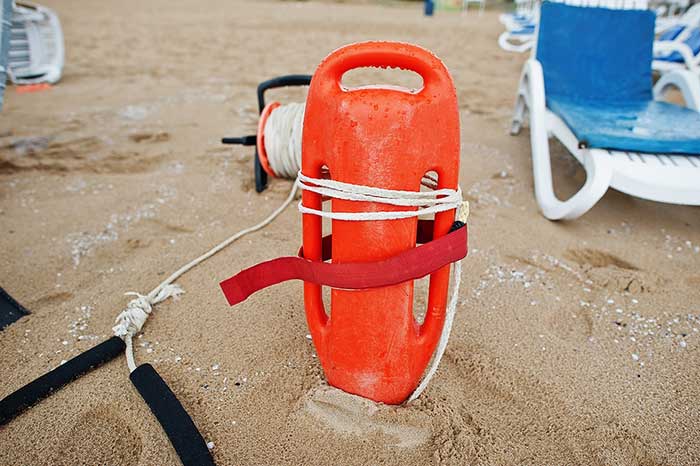It’s estimated that 85% of Australians live by the coast. That’s not overly surprising when you consider the fact that Australia has tens of thousands of kilometers of coastline. Of course, with so many people living near the sea, it is inevitable that many people spend their free time on the beach.

Unfortunately, the sea can be a cruel mistress and as many as 276 Australians drowned in 2018-2019. It emphasizes the need for surf life savers and for people to use beaches that are watched by these professionals.
If you’re considering becoming a surf life saver then you need to know the right process to follow.
Look After Your Community
Being a surf life saver is more than just knowing how to save people’s lives. It is about supporting and looking after your local community. This starts with community fundraising, which includes raising money to train surf life savers.
Understanding and supporting your local community will help you to appreciate the importance of your role on the beach, whether saving a life or helping a lost child find their parents.
It also shows your future employers that you have a balanced personality, making you a valuable addition to any team.
It is worth noting that most surf life savers are volunteers, and only lifeguards get paid.
Enroll With Your Local Surf Life Savers
When you register as a volunteer with your local surf life savers you’ll get all the training you need. That’s more than just how to get in the water and pull someone out.
Your training will cover basic medical scenarios, including CPR. You’ll also learn about how to recognize what the sea is doing and when the flags need to be changed. These are what tell beachgoers whether it is safe to swim or not.
Being a surf life saver means being at the beach early, looking after people, and looking after the beach.
Qualification
If you want to go further you’ll need to study for an official qualification. The most common ones accepted are:
- the SLS bronze medallion
- RLS pool lifeguard course
- Certificate II in public safety – specializing in aquatic rescue
Completing one of these courses will allow you to apply to work as a paid lifeguard. However, it will benefit your application if you have spent time volunteering first.
Alongside the qualification you should have the following character traits:
- Calm in difficult situations
- Quick thinker
- Good at communicating with team members and the public
- Work well under pressure
- Capable of working individually and in a team
- Observant and focused
- Compassionate
These personality traits will help you offer support to the public, especially when they are in a dangerous situation. It will also help you to interact positively with the public and this will help to ensure more people stay safe on the beach.
Of course, it’s impossible to protect everyone, that’s why you will have the observance and skills needed to save someone from the water and get them the medical attention they need.
